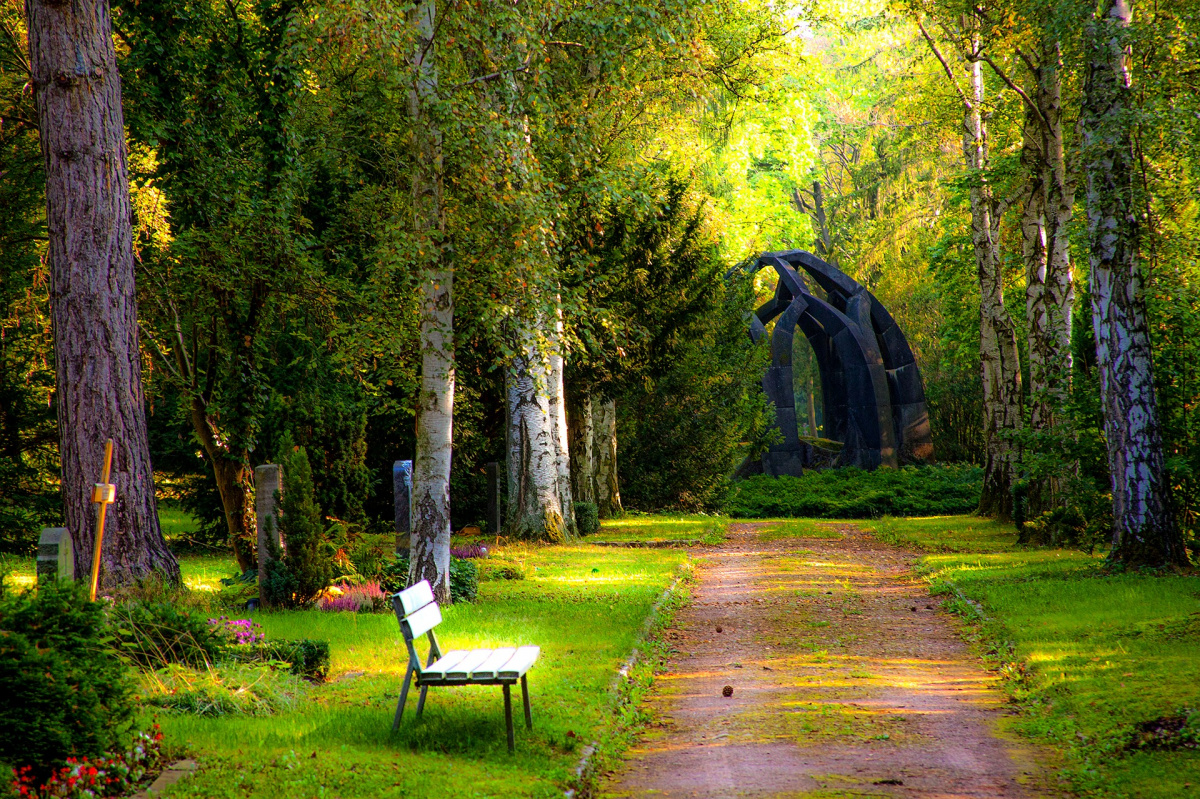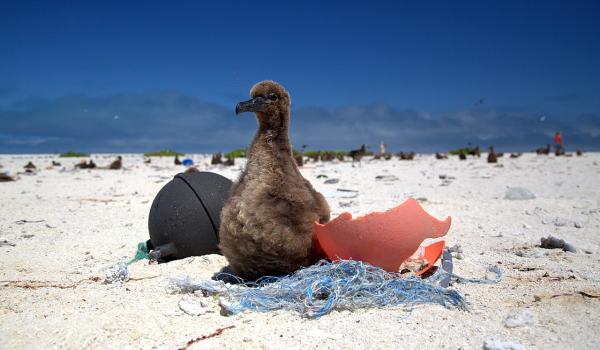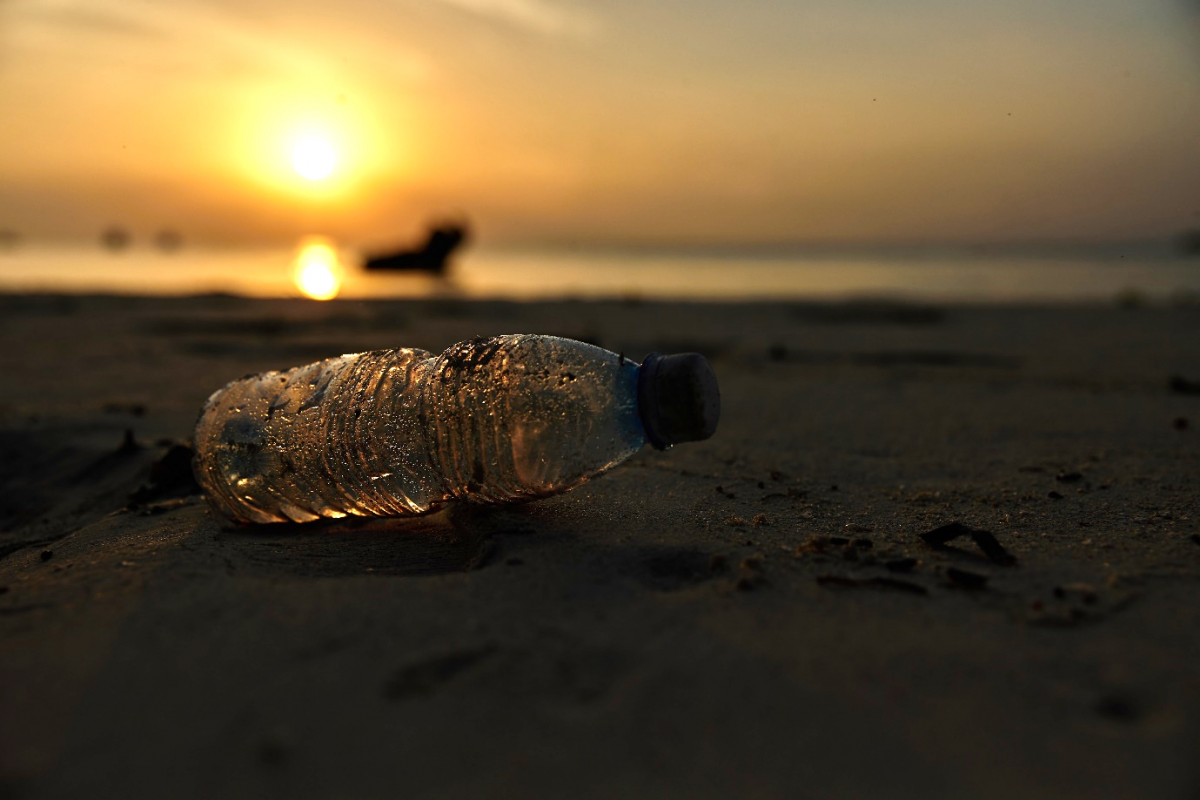IUCN-DNP collaboration for community involvement in Pang Sida National Park
From 11-16 August, tree-planting was carried out by communities living near Pang Sida National Park. Around 4,000 high-value timber tree species were sown on farmland. Thailand’s Department of National Parks, Wildlife and Plant Conservation (DNP), IUCN, and 40 farmers from Bang Thankrabak and Bang Klong Nam Kheaw villages in Sakao Province participated in the event. The tree-planting aimed to cement a long-lasting relationship between the villages and the local conservation body; the Provincial Office of Natural Resources and Environment (PONRE). The objectives of DNP-IUCN collaboration are to improve management of protected areas, prevent illegal Siamese Rosewood logging, and to provide solutions for animal-grazing in the forest conservation zone.
Together with the neighbouring Khao Yai National Park, Thap Lan National Park, Dong Yai Wildlife Sanctuary, and Ta Phraya National Park, Pang Sida forms an important part of the Dong Phayayen - Khao Yai Forest Complex; a UNESCO-designated World Heritage Site. The Bang Pakong river basin located here is a key source of water for households and agriculture in eastern Thailand. It is foreseeable that this region will undergo rapid economic development being located close to Bangkok, so community understanding is required to facilitate ‘green development’.
Collaboration between IUCN and DNP is needed so that the village people can collectively work toward conserving natural resources. IUCN’s role will encompass two aspects. Firstly, encouraging green development through building livelihoods directed at conservation and rehabilitation of natural resources. Secondly, furthering environmental education amongst community members so that they can pursue ecosystem-based adaptation and develop alternative livelihood options through nature-centric activities, thereby increasing the community’s income and food security through family-run forest and farm initiatives.
In the past, there have been conflicts between community dwellers and National Park authorities over unclear boundaries between the protected zone and village area. With IUCN assistance, DNP is keen to work with local communities for building a trust-based relationship.
“The Dong Phayayen - Khao Yai Forest Complex is of vital ecological importance. Without forest cover, those residing in surrounding areas will face immense difficulties. Communities must be actively involved in management, conservation, and judicious use of natural resources. The tree-planting has initiated a long-lasting and mutually beneficial relationship between local authorities and village residents”, says Tawatchai Rattanasorn, Senior Programme Officer of IUCN Thailand.
Since the region is well endowed with natural capital, pursuing alternative livelihood options - particularly eco tourism - are important alternatives. A nature trail has been identified, as well as routes for trekking, butterfly-viewing and bird-watching. Community led initiatives such as home stays and eco lodges have been suggested as viable means to earn an income, while simultaneously conserving natural resources. During IUCN’s previous discussions with DNP, an important point was raised – community involvement should not be limited solely to boundaries of the conservation zone. The long term objective of IUCN-DNP collaboration is to help local communities around Pang Sida learn more about their environment and mobilise its conservation.
By Ria Sen






